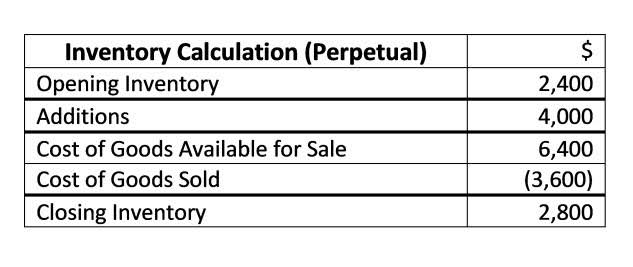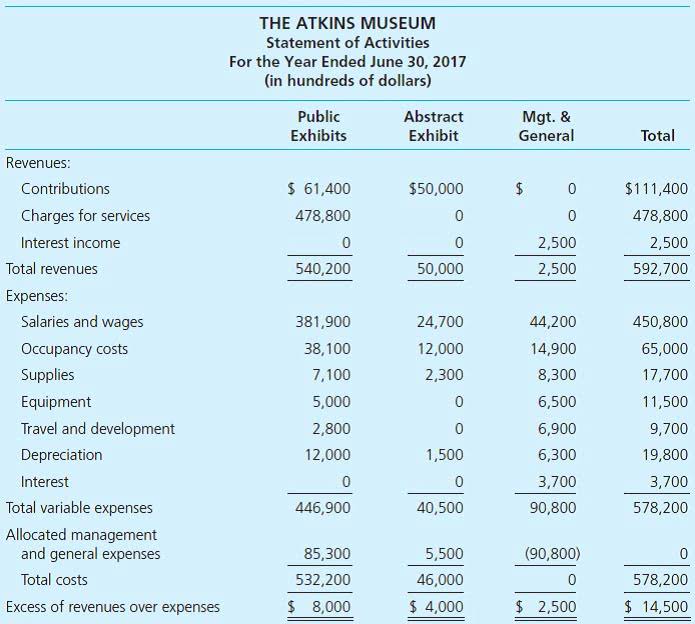It may be a significant expense in cases of large-scale layoffs or restructuring and often requires special accounting treatment. Consult with accounting and/or tax professionals for information that’s specific to your business. Salaried jobs usually also come with better benefits such as 401(k) plans, health insurance, life insurance, and flexible spending accounts (FSA).
Of the $200,000, 25% relate to wages for factory workers while the remaining relate to wages for workers at the head office. Stay informed about changes in labor laws and regulations and conduct regular audits of payroll processes and records. Maximize the value derived from salaries and wages expense by focusing on productivity. Invest in employee training and development, implement efficient work processes and technologies, set clear performance expectations and goals, and regularly assess and optimize staffing levels. For example, certain qualified stock options integrating with adp workforce now 2021 may not be tax-deductible for you as the employer. Additionally, some stock-based compensation may not be deductible until the employee is vested or the option is exercised.
Accumulated Deficit and Its Impact on Financial Health
Businesses are allowed to write off tax-deductible expenses on their income tax returns to lower their taxable income and thus their tax liability. However, the Internal Revenue Service (IRS) has strict rules on which expenses businesses are allowed to claim as a deduction. Salaries Expense will usually be an operating expense (as opposed to a nonoperating expense). Depending on the function performed by the salaried employee, Salaries Expense could be classified as an administrative expense or as a selling expense. If the employee was part of the manufacturing process, the salary would end up being part of the cost of the products that were manufactured.
Managing Salaries & Wages Expenses: A Guide for Business Owners
- Employers must also file Form 941 quarterly to report payroll taxes withheld and their own contributions.
- It affects everything from day-to-day cash management to long-term strategic planning.
- Overtime pay is typically higher than regular hourly pay; often it’s 1.5x the hourly pay.
- Businesses are allowed to deduct certain expenses from taxes to help alleviate the tax burden and bulk up profits.
Understanding this impact is crucial for effectively managing business finances. Salaries and wages expense is typically classified as an operating expense on the income statement. It’s often one of the largest expense items for many businesses, directly impacting the company’s profitability. Salaries and wages expense is recorded under the accrual basis of accounting. This means the expense is recognized when incurred, not necessarily when paid.
Accounting For Salaries And Wages Expense
Understanding the tax effects of salary and wage expenses is crucial for business owners. Proper management of these expenses can significantly impact your company’s tax liability and overall financial health. Salaries and wages of a company’s employees working in nonmanufacturing functions (e.g. selling, general administration, etc.) are part of the expenses reported on the company’s income statement. Under the accrual method of accounting, the amounts are reported in the accounting period in which the employees earn the salaries and wages. Salary and wage expenses play a pivotal role in effective financial management and reporting for businesses. This crucial aspect of accounting significantly impacts a company’s bottom line and tax obligations, making it essential for business owners to understand it thoroughly.
Biometric Time And Attendance Systems
Salaries, wages, commissions, and bonuses that you pay to your employees are often tax-deductible to you, subject to numerous rules imposed by the Internal Revenue Service (IRS). The payments must be “ordinary and necessary,” and they must be reasonable in amount. You must pay for services that were actually provided, and they must be paid for or incurred in the current tax year. If a salary expense is related to production activities, it may be rolled into a production overhead account and then allocated to the cost of goods sold or inventory. If a portion of overhead were to be charged to inventory, it will eventually be charged to the cost of goods sold, either when the goods are sold or declared obsolete. If salary expense is related to general, sales, or administrative activities, then it is charged to expense in the period incurred.
The structure of these benefits can vary widely among industries and individual businesses. Some sectors, like technology, often provide a wide array of perks including stock options, which align employee interests with those of shareholders. Other sectors may offer more traditional benefits packages, focusing on health and retirement benefits. The cost of these benefits is a consideration in the overall salary budget and must be managed alongside direct salary expenses to ensure the total compensation remains sustainable for the business. The total compensation package for employees often extends beyond base salaries to include various benefits, which can be a strategic tool for companies to attract and retain talent. Employee benefits such as health insurance, retirement plans, and paid time off are not only valued by employees but can also offer tax advantages to both the employer and employee.
By grasping these concepts, business owners can better manage their workforce costs and optimize their financial performance. As a matter of record-keeping, the wage expenses line item may also include the expenses of payroll taxes and employee benefits. A wage expense may be recorded as a line item in the expense portion of the income statement.
Salaries expense is a critical component of a company’s financial health and operational efficiency. It represents the remuneration paid to employees for their services, which can be one of the largest outlays for businesses. This cost not only impacts a firm’s bottom line but also reflects its investment in human capital. Salary and wage expenses directly impact a company’s profitability by reducing the net income. As an operating expense, it’s subtracted from revenue on the income statement, with higher expenses leading to lower profits and vice versa.
Gaining a deeper understanding of how employee compensation affects financial statements empowers business owners to make informed decisions. By understanding these concepts, entrepreneurs can enhance their financial well-being and manage payroll responsibilities with confidence. The tax consequences of compensation that’s paid to you as the business owner should be evaluated separately from the salary and wages you pay to your employees. Examples of expenses include rent, utilities, wages, salaries, maintenance, depreciation, insurance, and the cost of goods sold. A wage expense is the cost incurred by businesses to pay their hourly employees.
The amount recorded as a salary expense may vary depending on the basis of accounting used. If the accrual basis of accounting is used, record an expense when the company incurs a liability for it, whether or not it is actually paid to the employee at that time. Understanding and effectively managing salaries and wages is crucial for the financial health and success of any business. Business owners who grasp these concepts can make informed decisions about compensation strategies, optimize labor costs, and ensure compliance with tax regulations and labor laws. Understanding salary and wage expenses is crucial for accurate financial reporting, budgeting, and strategic decision-making.
Work with an accountant and/or financial advisor if you plan to offer employees stock-based compensation. Salaries and wages are forms of compensation paid to employees of a company. Business owners are not allowed to claim their personal, non-business expenses as business deductions.
However, these industries may compensate with performance incentives or tips, which can augment an employee’s base salary. Automate routine payroll tasks to lower administrative costs and integrate payroll systems with other financial management tools for detailed reporting. Develop a compensation structure that balances cost-effectiveness with employee motivation. Implement a mix of fixed salaries and performance-based incentives, and consider offering non-monetary benefits to enhance overall compensation packages. are two incomes better than one for married taxpayers Regularly review and adjust compensation to remain competitive in the job market.




